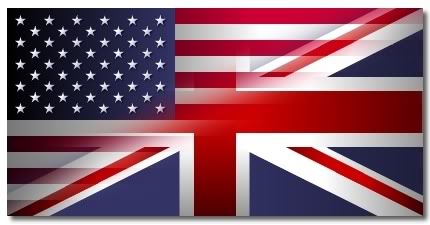"Depth of Rifling .005-.008", now thats 19th century quality control standards for you.
The old
Krag
rifles had bore diameters that varied to some extent, usually enough oversized that Bannerman was able to set Krag barrels back a few threads and rechamber them to .303 for the 1901 Springfield actioned training rifles he sent to the
British
in 1915.
Such a wide spread of acceptable bore size is probably why some bores couldn't seal properly even with the card wad, and suffered severe erosion after relatively few rounds were fired.
I've seen bore diameters listed from .309 to .318 major dia being found on Enfield No.1 rifles. I doubt the AK varied that much, the pre WW2 Mosin Nagants did though.
Reynolds tells of experiments using bores of various dimeters and bullets of various diameters, all within the accepted tolerance range. He said that best accuracy was with the .312 bullets in the .310 bores. Guess thats another mystery solved as to why some Enfields are extremely accurate while others shoot Minute of man groups at fifty yards at best.
I looked up the acceptable "Figure Of Merit" for the .303 MkVII ammunition, its listed as 8 inches average at 600 yards, thats not that good at all. It at first appears to mean 2.5 MOA, but actually means no more than half the shots would hit within a 2.5 MOA grouping. Ranges beyond 600 were academic, they weren't expected to be able to hit a man sized target at that range. According to "Sniping in
France
" chances of making a headshot beyond 400 yards were so slim, even with a good scoped rifle, that even trying was considered an un necessary waste of the rifle's accurate bore life.
I've been able to keep my groups sub MOA out to three hundred yards, using my taylored handloads, so lack of precision accuracy had to have been due to the quality of British MkVII ammunition.
The Canadians had little good to say for British ammunition. Apparently all
Canadian
manufactured .303 followed the original standards set for the round, while the British found their suppliers couldn't produce ammo within those standards. Ross rifles ended up being too close in tolerances to work well with the sub standard ammunition.
Thanks to Ed we did finally figure out the inconsistencies in the quoted pressures for the various .303 military cartridges, that was of great help. Even a blind squirrel finds a nut now and then.
another rifle that normally has about .010 clearance between the chamber and the case head.
engineering drawings would probably answer a lot of our questions about chambers and ammo.














 PM
PM











